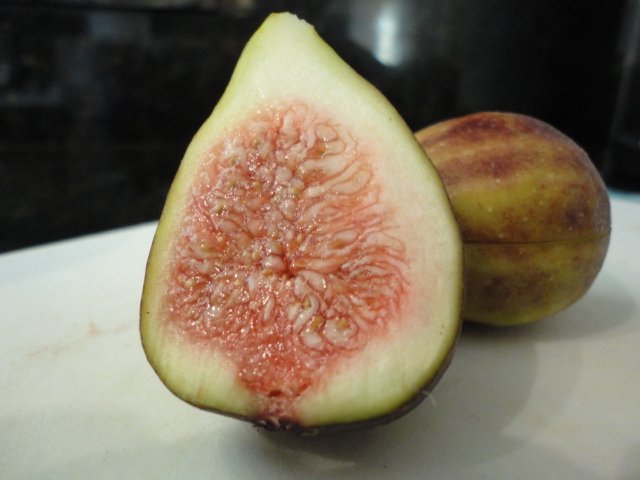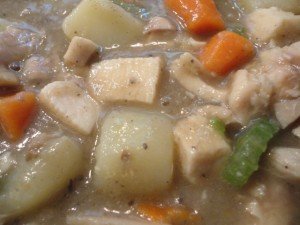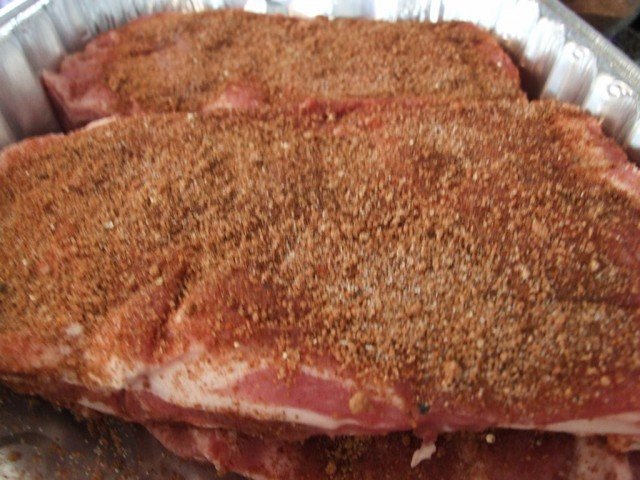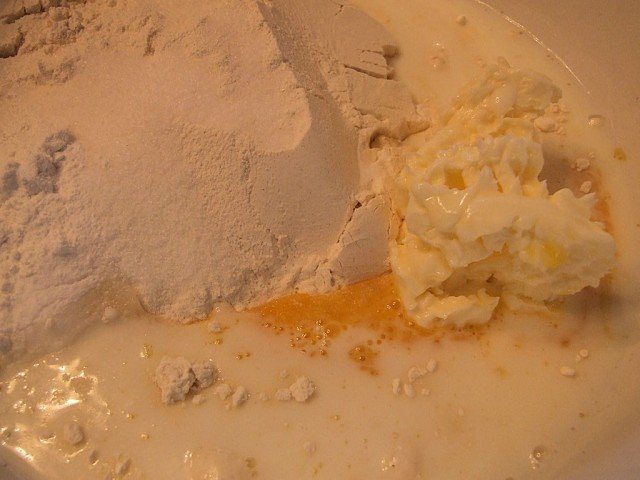Before there was Fig Newtons (recently renamed Newtons), there were fresh, dried and candied figs. Unfortunately, most Americans have never eaten a fresh fig and that is unfortunate. Common Fig trees (Ficus carica) have been cultivated for thousands of years are one of the easiest fruit trees to grow whether in a garden or as a container tree.
Fresh figs have been described as tasting between a peach and a strawberry. I also believe that there are undertones of vanilla. Regardless of the perceived flavor, to eat a fresh fig straight from the tree is one of those experiences that have you wonder why you never grew a fig tree before.
Fig trees whether grown in the yard or in a pot requires very little effort. They prefer soil that drains well and full sunlight. Fig trees are not very demanding in their needs, but being grown soil that is perpetually wet “wet feet” is one sure way to kill your fig tree. Although fig trees grow best in USDA Zones 7-10, where the cold weather is minimal, but there are specific varieties that a gardener can grow a fig tree in USDA Zone 5. This leaves very few states where a fig tree if properly protected in the winter will not survive the winter. Fig trees can be grown successfully in large plastic pot (slightly raised off of the ground if placed in the garden), bearing a good supply of fruit and during the winter stored in the garage when dormant to protect the tree from the harsher elements of the winter weather.
Specifically in eastern Texas (USDA Zones 8 – 9), fig trees are great additions to the garden, providing a fast growing green leafed backdrop to accent a corner or as a center piece for a flower bed. With select pruning, you can easily maintain the height of the tree and provide a visually pleasing trunk and branch structure during the dormant months.
I have found that young fig trees are very forgiving on being moved. In one instance, I moved a fig tree (Italian Black Fig) three times prior to finding a location that was suitable as I was going through annual redesigns of the landscape in the back yard. You can purchase young fig trees from the local garden nurseries, but just as easily propagate by cutting a branch (thickness between a pencil and your thumb) and inserting the cutting into a pot or the ground where you intend to grow the fig. The cutting will successfully root 3 out of 4 times with minimal attention.
In Houston, TX we are fortunate dependent upon the fig variety to have two crops of figs each year. The first crop of figs will grow produce on the existing growth and the second crop will produce from the new growth once the growing season has begun. With each successive year, the fig trees in my yard produce more and more fruit for me and the birds to enjoy. Yes, ripening figs are the object of attention of the birds (I recently saw a Red Cardinal in the fig tree feasting on a ripening fig). This year if I am lucky to harvest a large enough crop, I will attempt to preserve or candy the fresh figs. If not, then I will be content in picking a ripe fig from the tree and enjoy it while working in the yard.






















